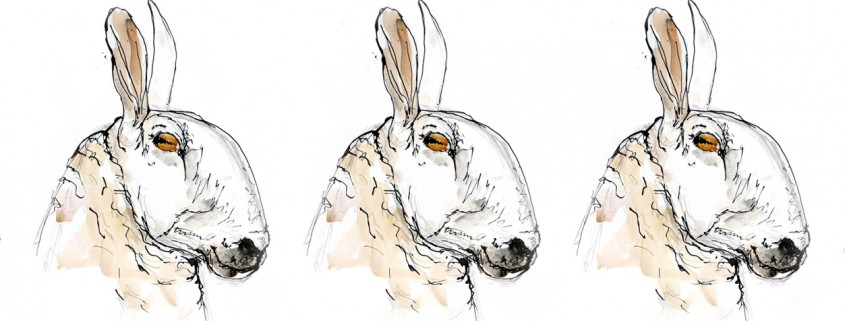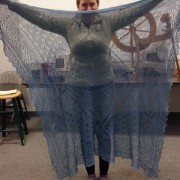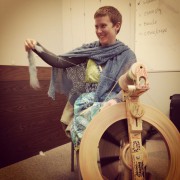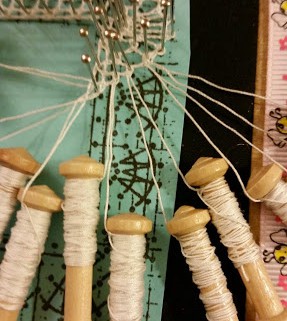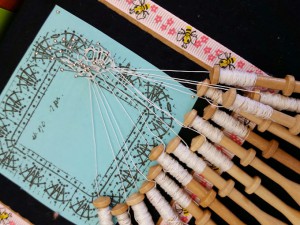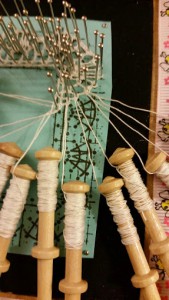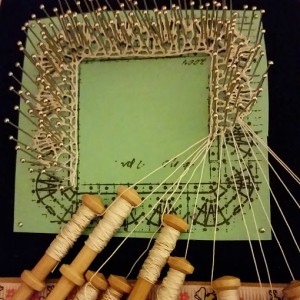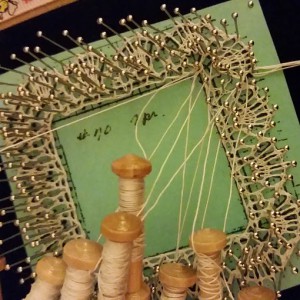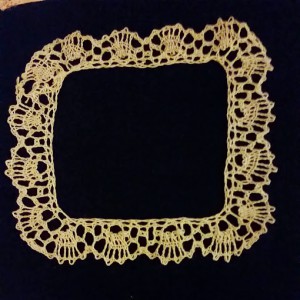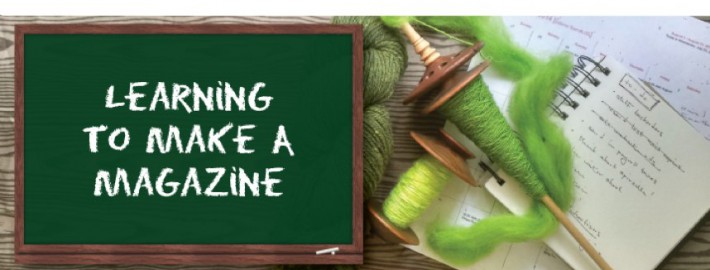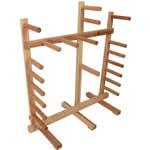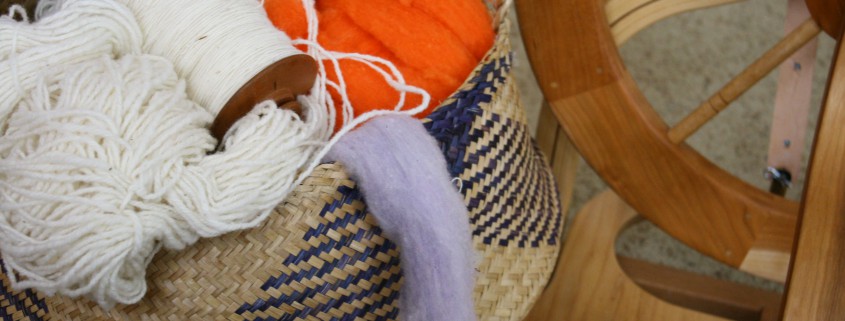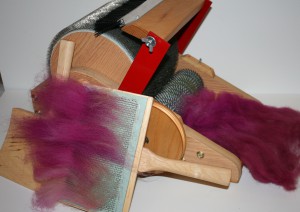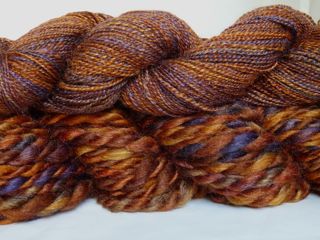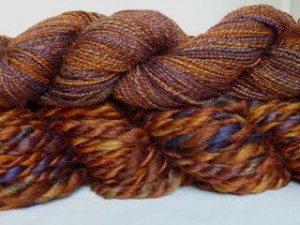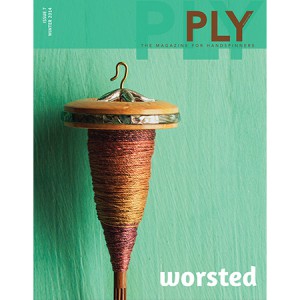Do you know how much I knew about making a magazine before I actually started making a magazine? Almost exactly zero. And I believe in the truth. I mean, I believe in telling the truth, in being as transparent as possible, even when it comes to business and money so I’m going to talk to you about why PLY is the price that it is, a price that is higher than many other magazines, especially magazines in our own genre.
PLY is $36 for a year’s US subscription. We don’t give discounts and we don’t go on sale. I recently got a “please come back to us for only $12” email from another craft magazine and it worked, I came back to them! However, PLY will never do that. We just can’t afford it.
Here’s why.
Most magazines don’t actually rely on the revenue from subscriptions. Surprising, right? I had no idea of that little fact. I figured that’s what supported a magazine, but it’s not. It’s why they can sell subscriptions for so cheap, $12 a year and buy one get one free and all that. The serious revenue for magazines comes from advertisements. Did you know that most magazines (and everyone that I subscribe to except Taproot, which has no ads) has between 55% and 75% advertising? That means that if I take one of the several craft magazines on my coffee table right now and thumb through all the pages counting up the space taken by ads and adding it together, there is 62 pages of ads and 38 pages of actual non-ad content. Really, I just checked.
Since each ad page in our type of magazines (because while fashion magazines have the same ratios, they charge far more for advertising) brings in anywhere between $1200 and $3000, average advertising revenue per issue is $75,000 – $190,000. It’s the advertising that pays a magazine’s way in this world and it’s that advertising that keeps subscriber prices so low. Subscriptions are what the magazine needs to get the advertisers. If a magazine can show a potential advertiser that they have a boatload of subscribers, the advertiser is far more likely to happily hand over the green that keeps the lights on.
So you see, it’s in the best interest of the magazine to get as many subscribers as they can, any way they can, even if it’s for $12 a year. It’s not for the direct revenue; it’s for indirect revenue. It’s for showing the advertisers how many eyeballs will be looking at the ads.
That’s how magazines work.
It is, however, not how PLY works.
We have between 12%-15% advertising in each issue of PLY. Never more. We think it’s better for our readers and better for the advertisers we do have. Plus, there’s just too much content to include in every issue, I can barely fit it all in! Also, our smaller ads (quarter and 1/12 page ads) are priced relatively low so that small, independent companies can afford to advertise. Each issue of PLY clears just under $14,000 in advertising revenue. That’s the number (it’s also the number, by the way, that we pay out each issue to contributors/writers/designers). So our fantastic advertisers pay for our fantastic contributors. It’s a wash.
Let me jump in here and say that I’m not discounting our advertisers. I adore them. Love them. Am completely grateful to them. I think they make the magazine better and I’m thankful that they choose to work with us. But I’m happy that we keep the ad to content ratio right where it is.
So you see, since we keep our advertising so low, we need our subscribers in a different way than most magazines need their subscribers. The subscription money is what pays the bills around here, directly. That’s not the regular magazine model but its what we’re doing. Before our first issue, everybody I know in the industry said that it couldn’t work, that people were used to very cheap subscription prices and wouldn’t pay the higher price. They all said we’d have to incorporate far more advertising.
However, so far it is working.
But the lack of advertising revenue coming in is just part of the equation in what makes our subscription price higher. The other part is the money going out.
Fiber is beautiful. We want to capture that beauty. The smooth silk, the crimp in a lock, the result of a slight difference in draft, our pages come alive with these things. However, if our pages are thin and transparent, it won’t matter how great the photography is because images and text will bleed through and muddy everything.
So PLY has good, thick, archival paper, both the cover and the inside pages. It raises the price from 0.30 – 0.45 an issue to $3.00-$4.00 an issue but it’s worth it. Not only does it mean the magazine is going to look and feel wonderful but it’s also going to (mostly) be able to stand up to the postal service (and that’s saying something, right?) and it’s going to last for the readers.
But because our paper is thick, our magazine is heavy. I just weighed 3 other craft magazines on my kitchen scale and they all fall between 6 ounces and 8 ounces. PLY weighs 14 ounces. What this means is that instead of costing 0.30 – 0.45 to mail inside the US via periodical postage, it’s over a dollar. And if I want to mail it from home (where I can’t use our periodical postage status) because a subscriber issue got lost, damaged, or the subscriber without telling me, it’s a whopping $6.00 to ship! So thick paper is great and we wouldn’t have it any other way, but I does have some drawbacks.
There are other bills too, of course: a $2 ,000 monthly IRS bill, monthly subscription management and ad-management fees, studio rental space, and little things here and there. Oh yeah, the 4 people that work for PLY, 2 of which (kitten and me) call it a full-time job.
All of this, in fact, everything except the contributors (which is what the advertiser revenue covers) is paid for by our subscription revenue and every dollar of each subscription goes somewhere it’s needed! I’ve tried to figure out how to make it cheaper but the math just doesn’t work. It’s why we can’t offer discounts or sales. It’s why it’s $36.
Low advertising, quality paper, great and in-depth writing, beautiful photography.
That’s why PLY costs more.


